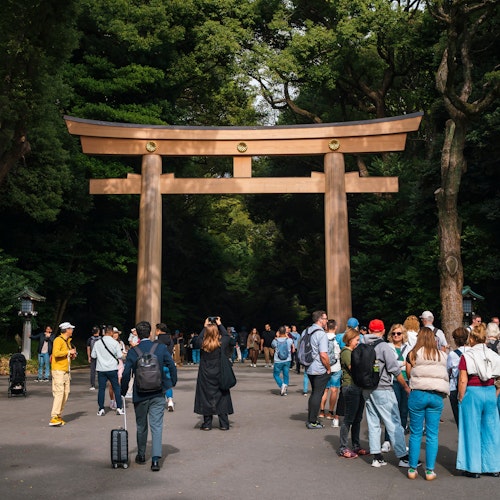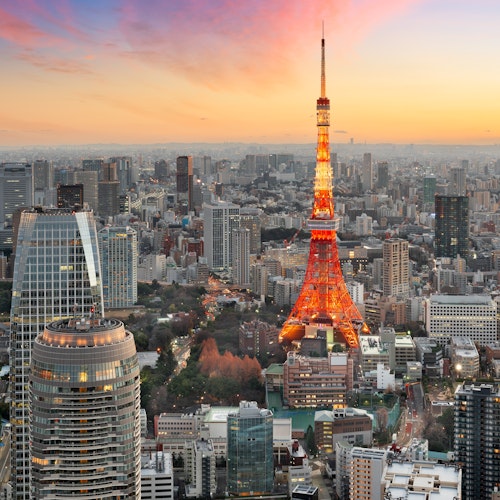
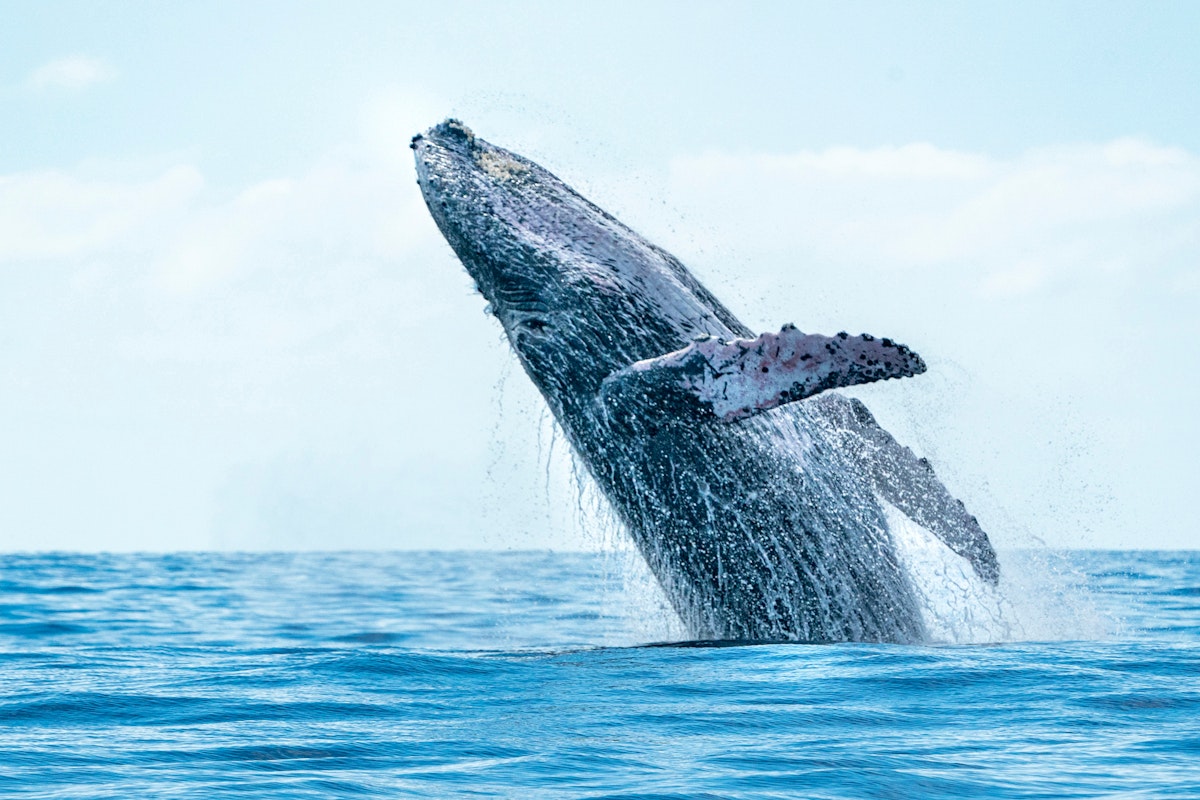
Japan's long coastline and rich ocean waters make it a great place to see amazing sea animals. From humpback whales jumping out of the water to playful dolphins swimming alongside boats, the country’s seas are full of life. Between January and April, many visitors head to spots like the Kerama Islands, where the clear water gives a perfect view of these animals in their natural home.
There’s more to see than just whales and dolphins. Sperm whales, which dive deep into the ocean, can also be spotted—especially in the summer around the remote Ogasawara Islands. Whale watching tours in Japan are more than just sightseeing; they help people learn about the ocean and the importance of protecting sea life. Whether you're a big fan of marine animals or just curious, whale watching in Japan offers an unforgettable experience full of wonder and lasting memories.
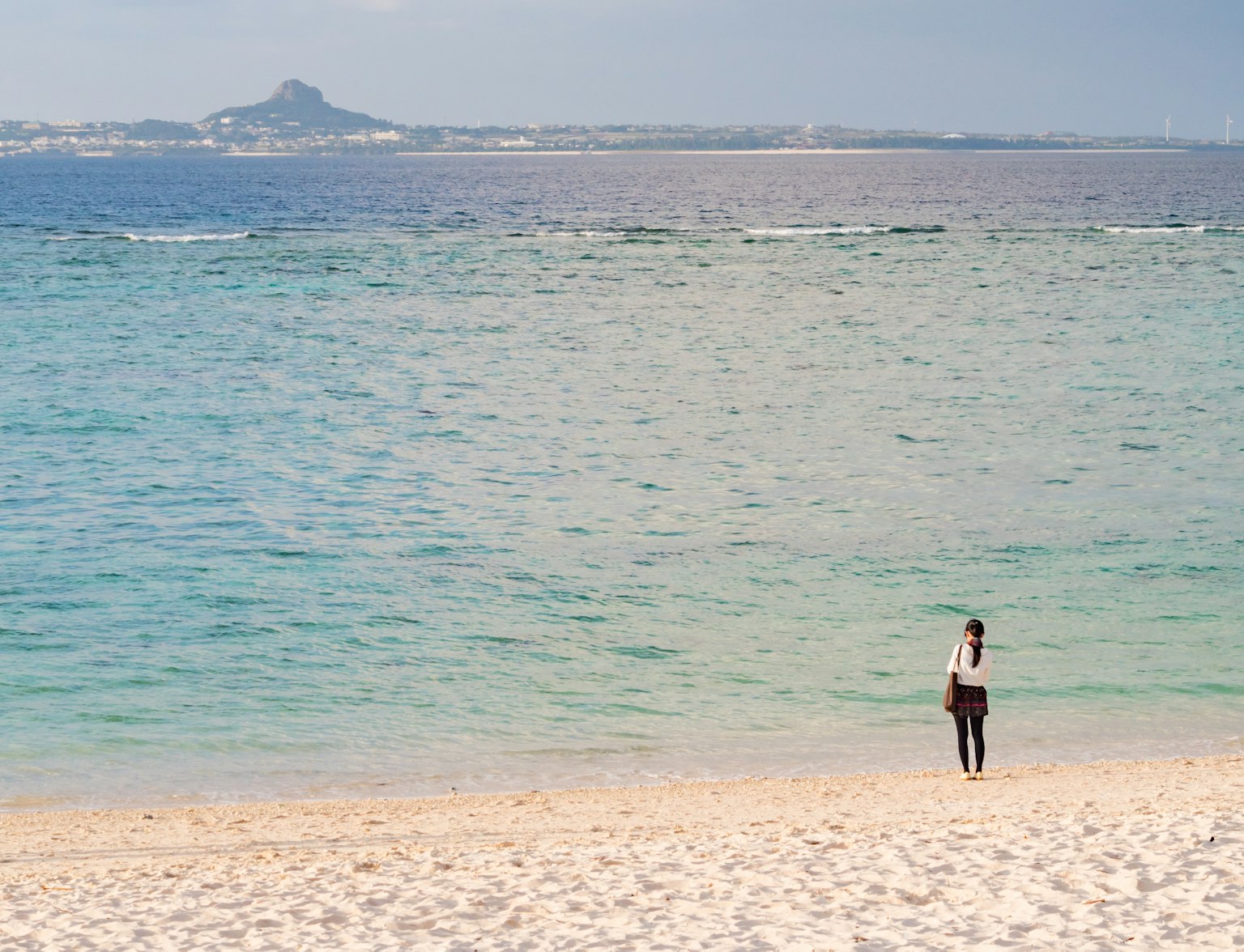
Get ready for an exciting adventure in the crystal-clear waters of Okinawa!
Whale watching in Japan is an exhilarating experience, with the country's diverse marine life offering unique encounters throughout the year. The most anticipated spectacle is during the winter months, specifically from January to March when the humpback whales migrate to the warmer waters around the Kerama Islands and Okinawa's main island for breeding. Their captivating water acrobatics and nurturing behaviors toward their calves make this period exceptionally special. As winter gives way to spring, the whale watching season doesn't end but welcomes a different giant; the elusive sperm whales make their presence known around the Ogasawara Islands, providing a thrilling experience for enthusiasts from March to April. These months also offer the calmest weather conditions, enhancing visibility and increasing the likelihood of sightings during whale watching tours.

However, the allure of whale watching in Japan extends beyond these majestic whales. The summer season ushers in the sociable pilot whales and playful pods of wild dolphins, including the energetic bottlenose dolphins, delighting tourists with their antics. These sightings often occur during boat tours, where respectful distance is maintained to safeguard the creatures and their habitat. It's this harmonious balance between human curiosity and marine life conservation that makes Japan a remarkable whale-watching destination.
Japan offers an array of stunning locations for whale watching, each providing a unique experience and the opportunity to see these magnificent marine creatures in their natural habitat. From remote islands to more accessible coastal regions, these locations are celebrated for their rich biodiversity and commitment to conservation.
The Ogasawara Islands, often referred to as the Galapagos of the East, present a unique whale watching experience due to their remote location. Accessible only by a 24-hour ferry ride from Tokyo, these islands are a haven for a variety of marine life, including humpback whales, sperm whales, and the more elusive pilot whales.
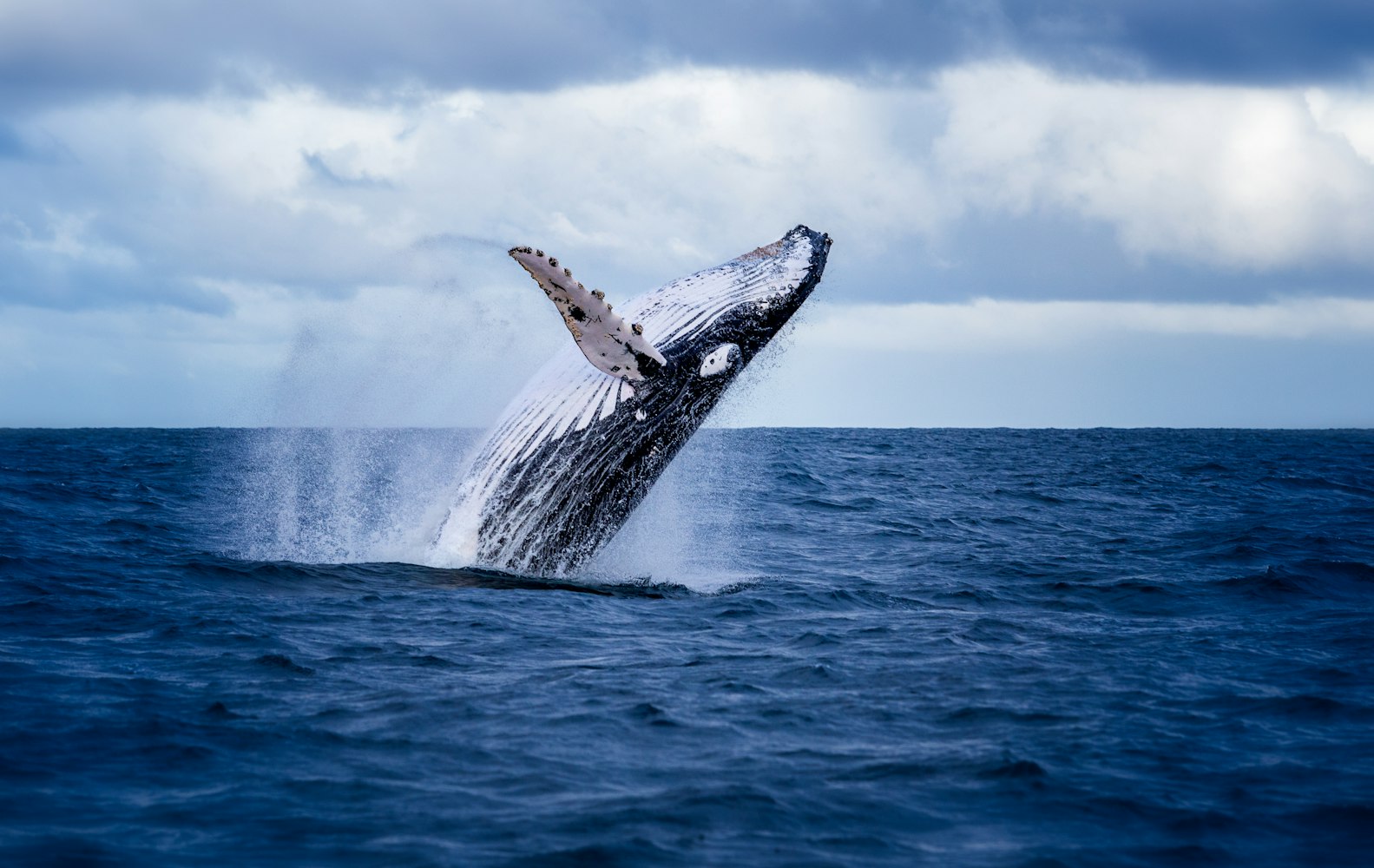
The isolation has led to the evolution of a distinctive ecosystem, with clear, warm waters that offer perfect conditions for these marine giants to thrive. Between February and April, humpback whales are often seen breaching and tail-slapping, creating an unforgettable spectacle. The Ogasawara Islands also serve as a critical research area for scientists studying whales, contributing to the global understanding and conservation of these magnificent creatures.
Okinawa, Japan's southernmost prefecture, offers a tropical whale watching paradise, especially around the Kerama Islands and Zamami Island. The region is famous for its crystal-clear waters, making it ideal for observing humpback whales as they migrate to breed and calve during the winter months, particularly from January to March.
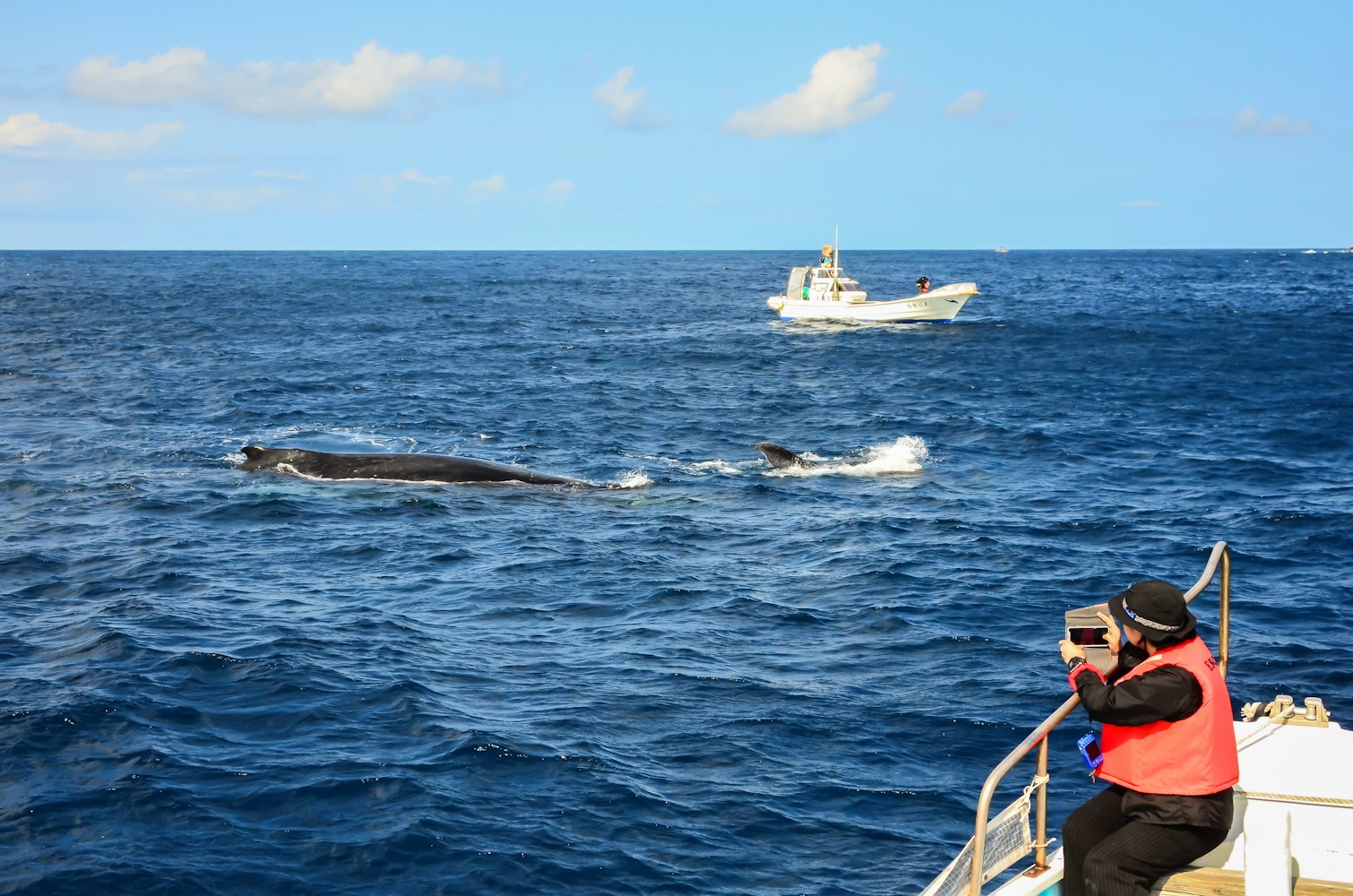
These waters also host a variety of playful marine species, including bottlenose dolphins and wild dolphins, often seen riding the bow waves of boats. Okinawa’s rich coral reefs and diverse marine life provide a vibrant backdrop for whale watching tours, making it a must-visit destination for enthusiasts and photographers alike.
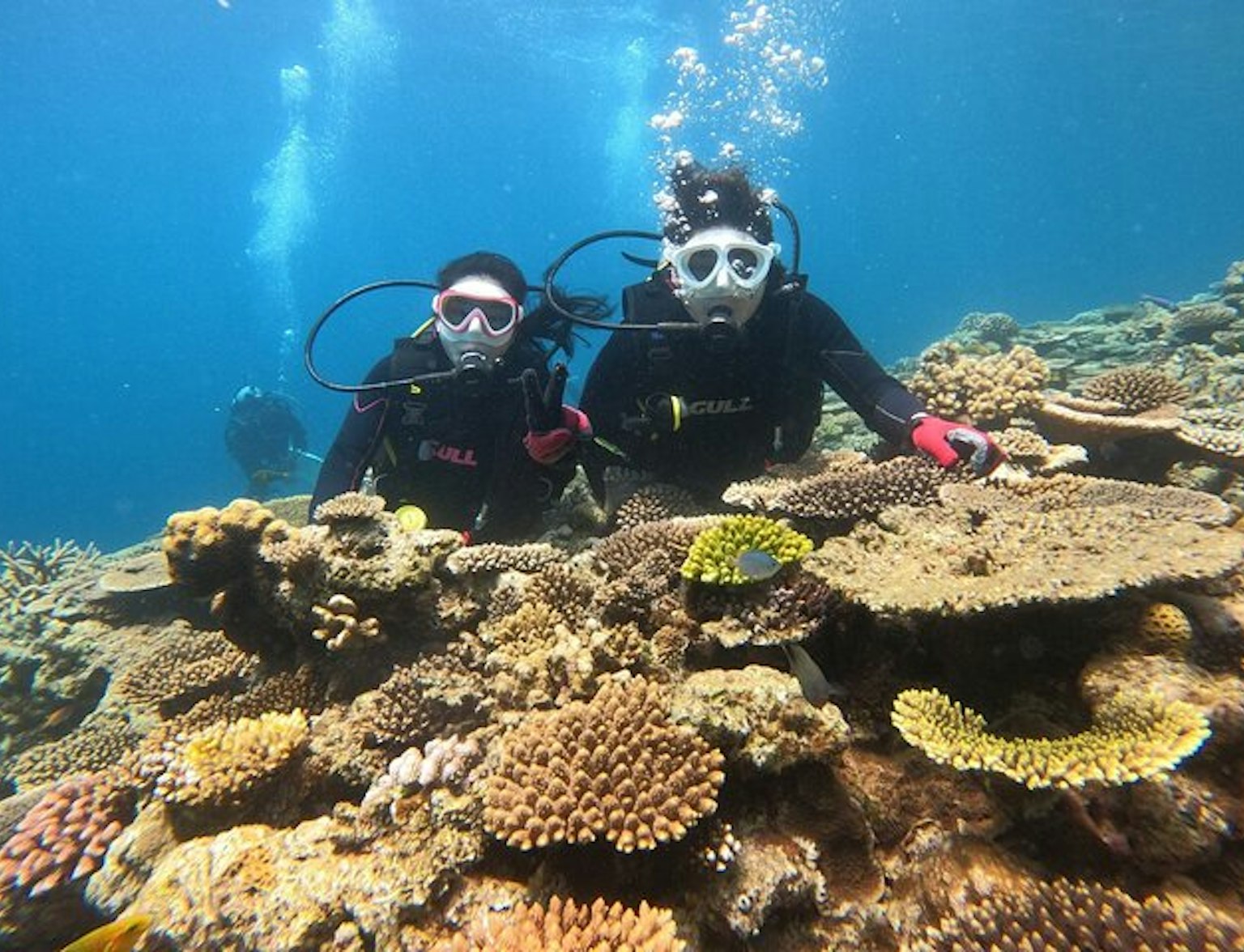
Enjoy a thrilling adventure in the beautiful sea around the main island of Okinawa.
Kochi Prefecture, on Shikoku Island, is a hidden gem for whale watching in Japan. The area sees a variety of whale species, including sperm whales and humpback whales, which pass through its waters during their migration periods. Kochi offers a more secluded experience, away from the crowds, allowing for intimate encounters with these majestic beings.
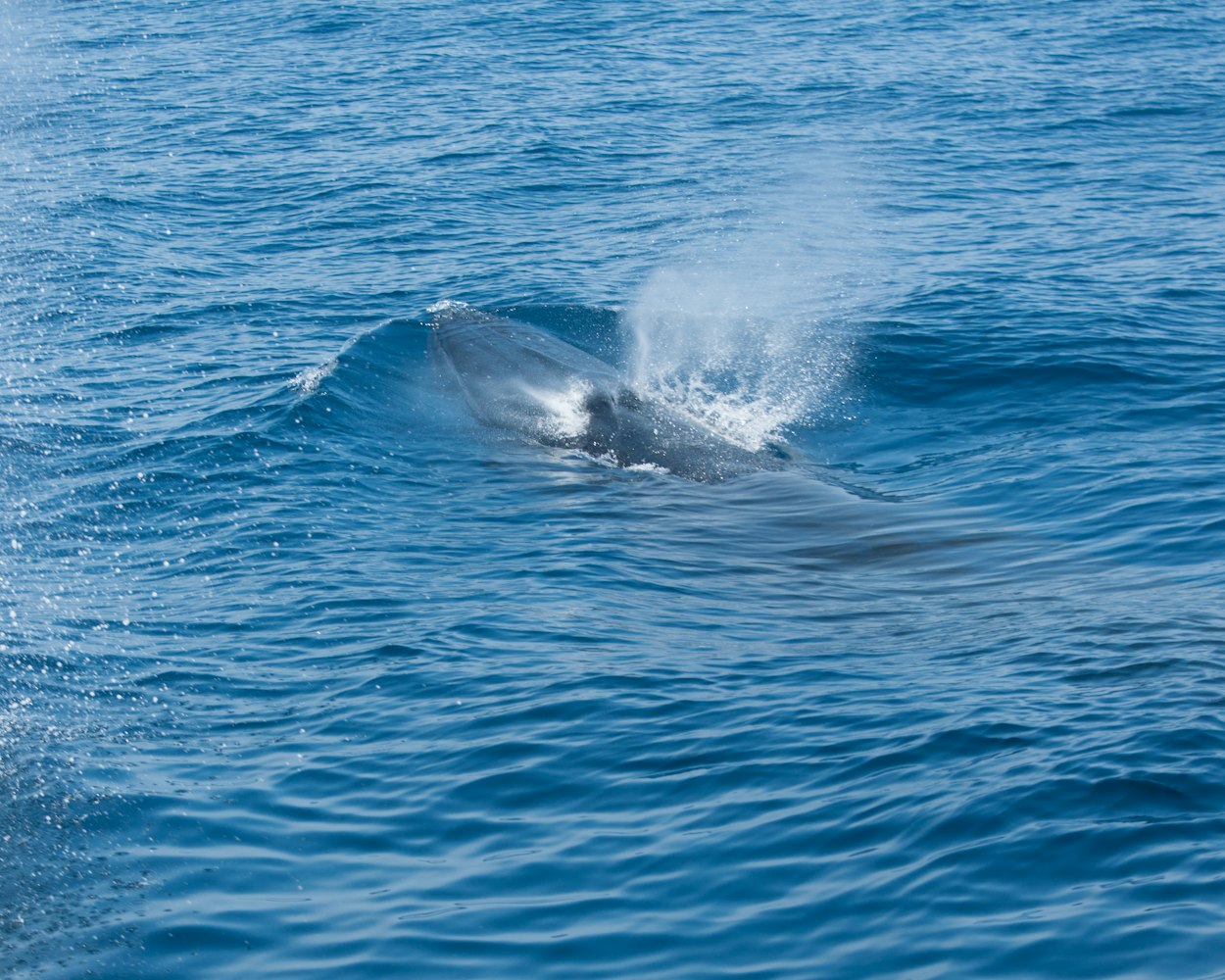
The region is also known for its efforts in sustainable tourism and marine conservation, ensuring that these magnificent creatures are protected. Additionally, dolphins are frequently spotted off the coast, adding to the overall whale watching experience.
Up north in Hokkaido, the Shiretoko Peninsula stands out with its pristine wilderness and dramatic landscapes. Recognized as a UNESCO World Heritage site, this location offers a unique whale watching season in the summer. Visitors here have the opportunity to see sperm whales, humpback whales, and even orcas in their natural habitat.
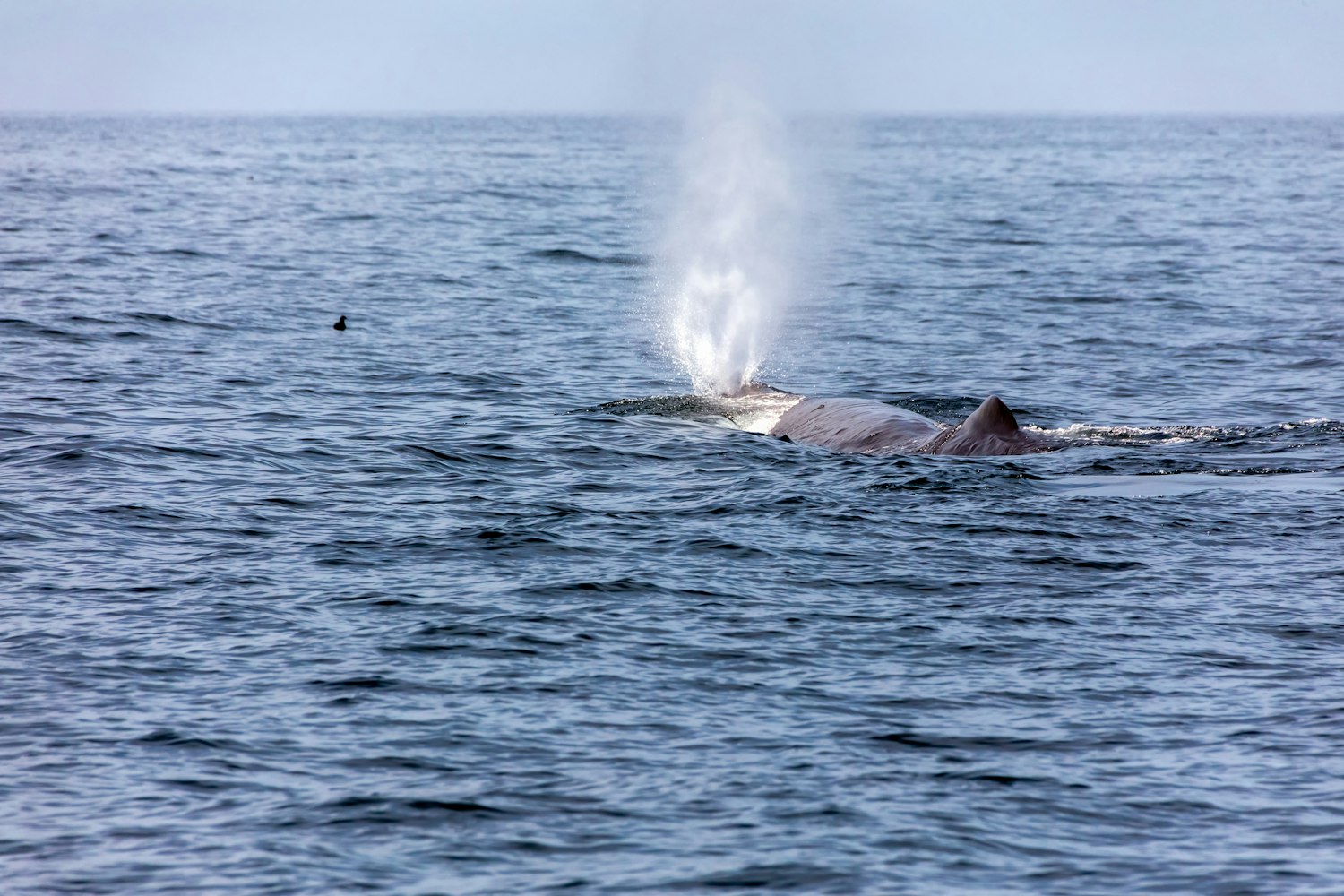
The area's nutrient-rich waters, resulting from seasonal sea ice melt, support a diverse array of marine life. Shiretoko is also renowned for its commitment to conservation, providing a protected environment where the harmony between marine and terrestrial life is profoundly evident. The combination of stunning natural beauty and the presence of majestic whales make it an exceptional destination for any nature lover.
Just a short distance from the bustling city of Tokyo, Chiba Prefecture offers unexpected delights for whale watchers. The whale watching season here spans the colder months, from December to February when Pacific Ocean currents bring nutrients that attract a variety of marine creatures.

The Kujukuri Beach and the surrounding waters are prime spots to catch glimpses of both humpback whales and sperm whales, as well as schools of wild dolphins performing acrobatic displays. Additionally, the region's proximity to the capital makes it a convenient day trip for those who wish to combine the urban experiences of Japan with the natural wonders of whale watching.
The Izu Peninsula, with its hot springs, beautiful coastlines, and mountainous landscapes, is also home to a vibrant marine ecosystem. The deep, nutrient-rich waters around the peninsula are a magnet for marine life, including various species of whales and dolphins. From early spring to late autumn, particularly between September and November, the area sees migrating pods of humpback whales, sperm whales, and even the occasional Bryde's whales.

The local whale-watching tours are committed to responsible practices, ensuring minimal disturbance to the natural behaviors of these majestic marine mammals. With its proximity to Tokyo, the Izu Peninsula is a fantastic, easily accessible choice for city dwellers and tourists craving a quick ocean adventure.
Embarking on a whale watching tour in Japan is an exhilarating adventure, offering intimate encounters with some of the ocean's most majestic inhabitants. Tours are typically conducted on various vessels, from larger, stable boats to smaller, more personal craft, each providing different vantage points and experiences. The journey's duration can range from a few hours to a full day, depending on the package and location. Before setting sail, guides often provide a brief on what to expect and rules to follow, such as maintaining a safe distance from the whales and avoiding attempts to swim with or touch them. These regulations are in place to protect sensitive marine life and ensure a respectful and sustainable eco-tourism practice.
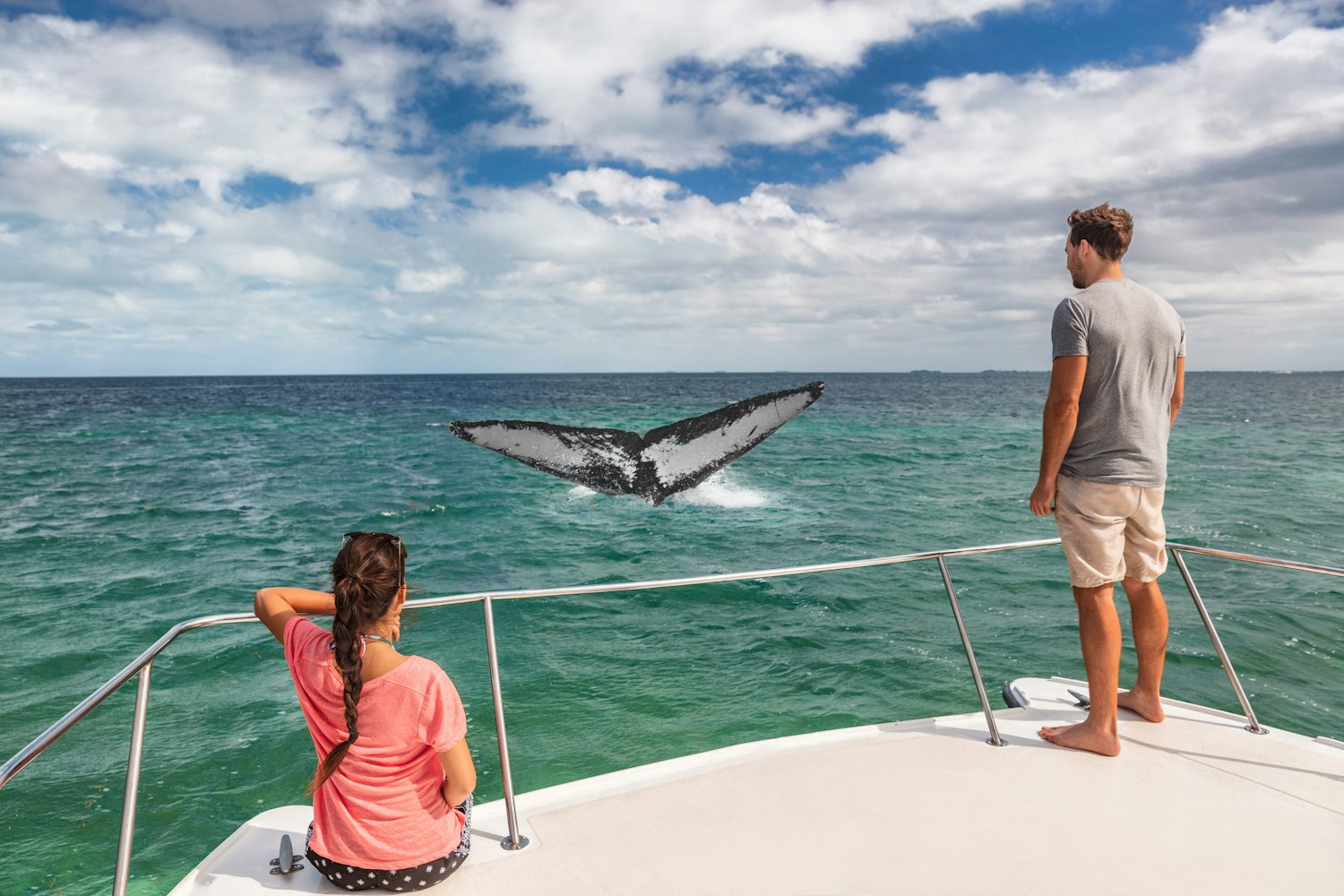
Whale watching tours, especially those in areas like the Kerama Islands, Ogasawara Islands, or off the coast of Okinawa's main island, offer more than just a glimpse of humpback whales or sperm whales. They are an immersive experience, where you can witness wild dolphins frolicking in the water or hear the haunting songs of whales echoing through the ocean. Bottlenose dolphins, known for their curiosity and playfulness, are a common delight, often seen swimming alongside boats. Tourists are encouraged to bring cameras to capture these memorable moments but are also reminded to experience the spectacle through their senses, beyond the lens.
Preparing for your whale watching trip can significantly enhance your experience. Here are some tips to ensure you have an enjoyable and respectful encounter with the marine life:
Dress Appropriately: Depending on the season, ensure you're dressed for the weather. It can get chilly on the water even in summer, so layers are recommended. During the winter months, warm, waterproof clothing is essential.
Seasickness Remedies: The ocean can be unpredictable, and even those with sturdy sea legs might feel queasy. Consider seasickness medication or natural remedies, and stay hydrated.
Respect Marine Life: Follow the guidelines provided by the tour operators. Keep a safe distance from the whales and dolphins, and never attempt to feed, touch, or swim with them.
Quiet Observation: Whales and dolphins are sensitive to sound. Maintain a quiet environment when they're near, allowing for a more natural interaction and the chance to hear the whales' breathtaking vocalizations.
Bring a Camera: You'll want to capture the awe-inspiring moments of whales breaching or dolphins swimming. However, remember to experience the moment with your eyes, too, not just through your lens.
Stay Alert: Keep your eyes on the horizon and listen for cues from guides or fellow passengers. Whales and dolphins can appear when least expected!
Listen to the Guide: Your guide will provide valuable insights and information about the whales and their behaviors. They'll also ensure your safety and adherence to conservation guidelines.
Experiencing the majestic dance of whales and the playful antics of dolphins in the vast, serene waters surrounding Japan is an unforgettable adventure that awaits you. From the breathtaking breaches of humpback whales to the synchronized swimming of wild dolphins, each moment is unique, carving a lasting impression that beckons you to the ocean's call time and time again.
As we've journeyed through the prime destinations for whale watching in Japan, from the remote beauty of the Ogasawara Islands to the crystal-clear waters of the Kerama Islands, it's clear that this nation offers a marine spectacle like no other. Beyond the thrill of the encounter, you'll find a deepened respect for these marine creatures and the ocean, understanding the critical balance of the ecosystem and our role in its preservation.
Now, it's your turn to embark on this extraordinary adventure. Dive into the experience of a lifetime and connect with the mystical world of whales and dolphins in their natural habitat. Your perfect oceanic adventure is just a few clicks away. Visit our website, TripToJapan, to explore and book your next whale watching tour. Uncover the secrets of the deep blue, contribute to the conservation of these magnificent creatures, and create memories that will ripple through the rest of your life. The ocean is calling – how will you answer?


